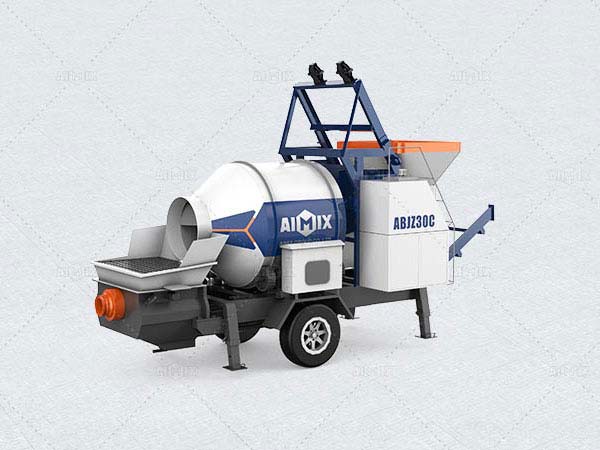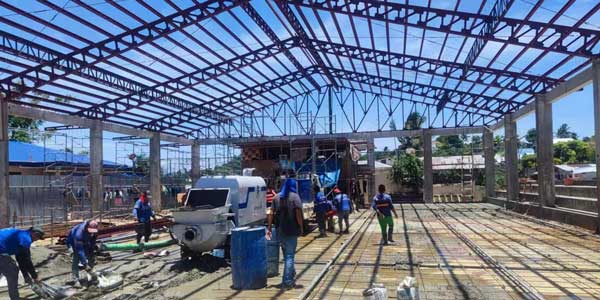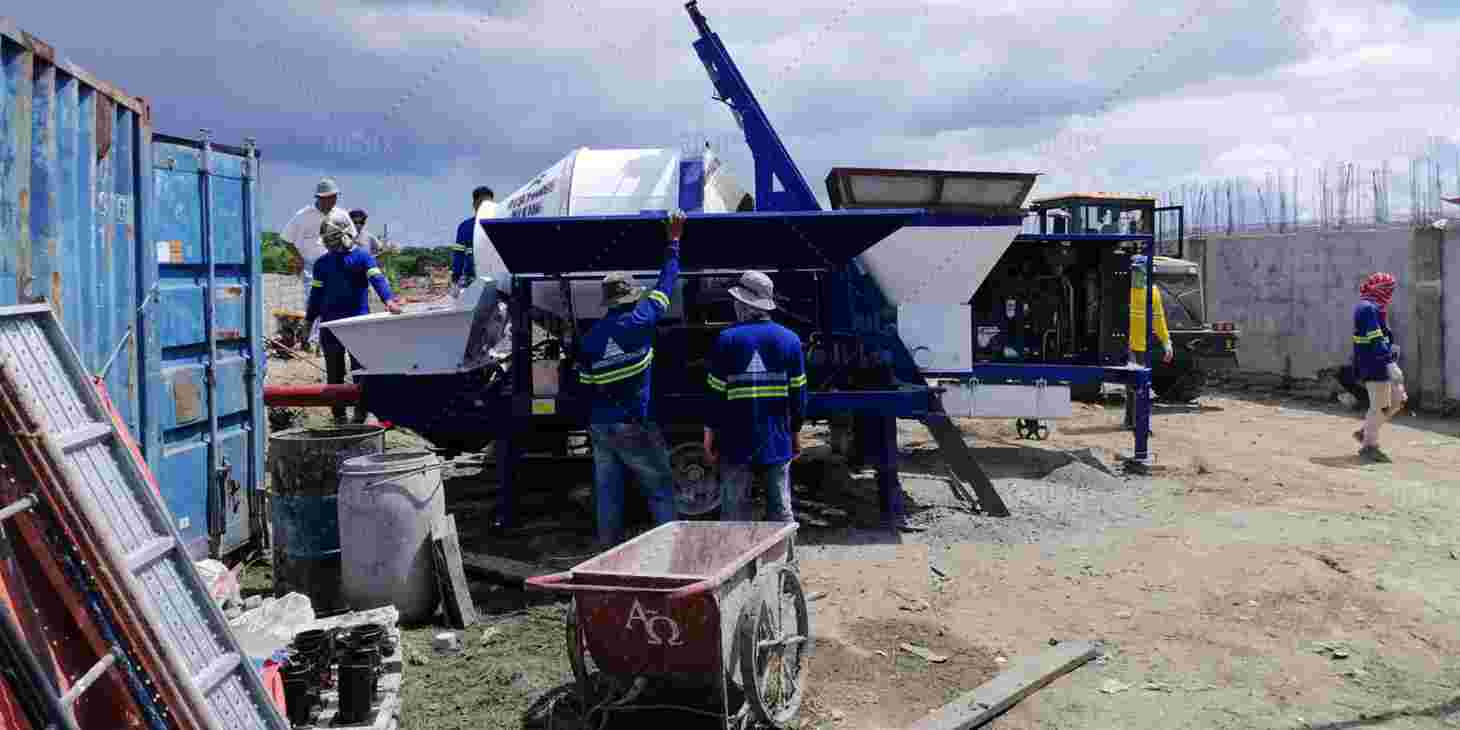
The Economics of Concrete Pumps: Why Prices Change
Discover the factors influencing concrete pump prices, from types and features to manufacturers, for informed construction decisions.



© 2024 Crivva - Business Promotion. All rights reserved.